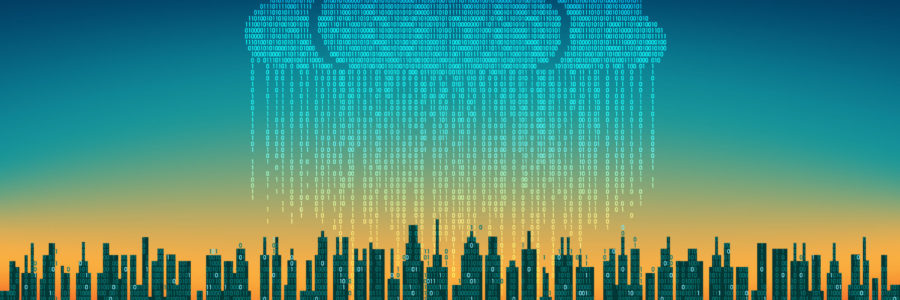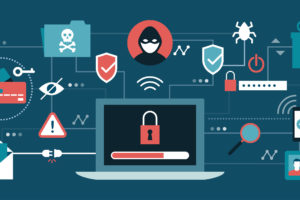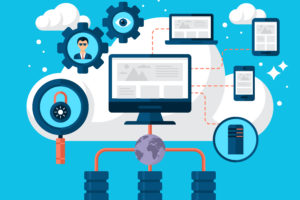There are some things that end up putting a damper on your vacation plans no matter what: obnoxious relatives, a lost wallet, too much of a good time, and one of the biggest whoppers – sun burn. Forgoing that extra layer of sunscreen seems like an extremely silly decision once your skin starts to crackle! Furthermore, if you are one of those super-human sun gods that has never once felt the burn of the sun’s rays, we applaud you. We also do not believe you!
Lobster-colored skin aside, most of us consider the immediate environment around us before travelling or making plans for the day. But what about our technology environment?
While we have developed various systems to protect our technological environment against inclement weather, you may still wonder if there are situations we still need to watch out for.
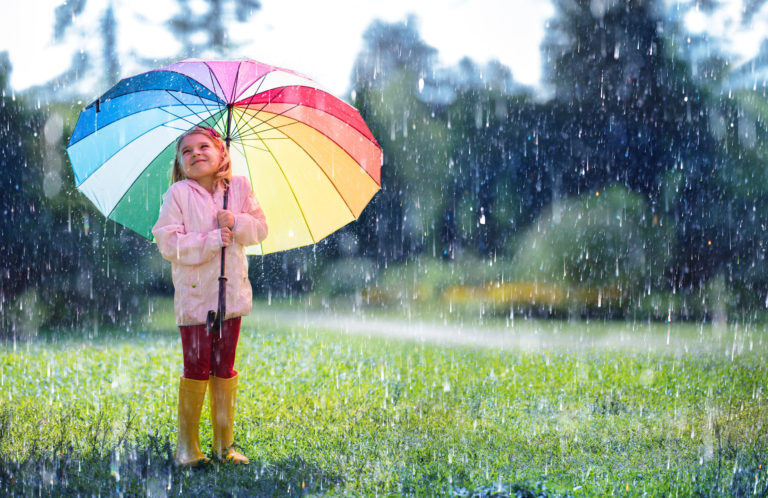
Raindrops, roses, and your Wifi
As you are aware, roaring rainstorms and howling winds can take an extreme physical toll on our environment. Downed power lines, flooded infrastructure, and structural damage will almost certainly influence how the residents use and connect to technology. However, one of the biggest culprits of connection issues comes down to a small thing – the raindrop.
Quite simply, water in the air breaks up the signals between an outside source (such as a cellphone tower) and devices in your home. This may result in a lower level of coverage for the area you are currently in.
Sometimes, the effects can linger even after the rain has stopped. Similarly, humidity can affect signal strength and connectivity as well.
Shopping those bright copper kettles and warm woolen mittens, from home
While you have our express permission to shake your fist at the clouds in frustration, the stormy weather probably isn’t the most likely culprit for your connectivity issues. When it’s gross outside, you can be sure you are not the only one hunkered down with Netflix. You can bet your neighbors are doing similar things. Thus, the bandwidth in your area is already being stretched a bit thin from other residents.
Please do not shake your fist at them though, even if they have questionable choices in TV shows.
When the weather bites
When it comes to extreme heat or cold and your technology, heat is most likely to wreak havoc. Not only can high temperatures physically damage devices but also cause them to be slow or sluggish. Similarly, to how the rain effects device signal, the humidity in the air can also cause some lag in connectivity.
And please, for the love of Pete, take your tech out of direct sunlight. You and your cat might like that spot but your computer would appreciate a different setup.
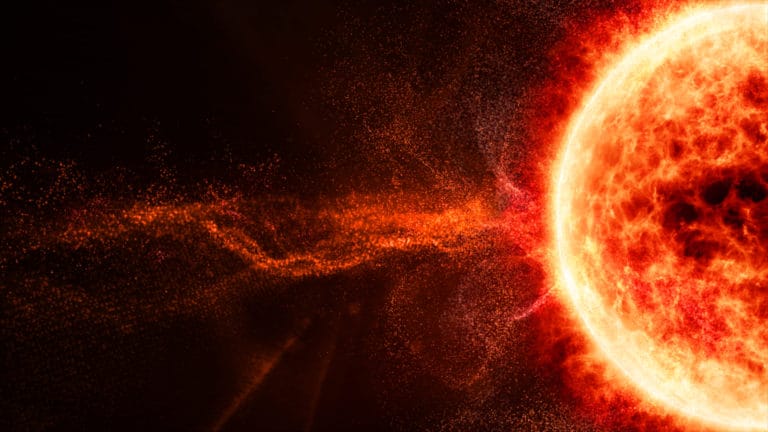
Let’s get back to that sunburn, shall we?
When it comes to the most dangerous solar activity, the loving embrace of the atmosphere is what keeps us safe. Even so, major solar events such as flares, winds, or storms do end up effecting some of do end up effecting some of our technology.
During the months of October and November of 2005, one of the most major events regarding solar activity occurred. Over the course of two weeks, solar activity caused major disruptions in many sectors. Due to various electromagnetic forces, calculating instruments were unable to keep up. Satellites were put on ‘safe mode’, airlines we rerouted and heavily restricted, and even astronauts onboard the ISS (International Space Station) were advised to seek additional shelter.
These storms were later dubbed the ‘Halloween Solar Storms’ due to their timing. Interestingly, this set of solar storms is responsible for one of the largest flares recorded with a SXR (Soft X-Ray class) of greater than X28. Thankfully, while observed, the flare itself was pointed away from earth. Saving us from seeing the damage firsthand.
One last anecdote
In 1859, Richard Carrington pointed his telescope towards the blue sky and observed something interesting. He started sketching out these dark spots that seemed to litter the sun’s surface. He was struck in awe when “two patches of intensely bright and white light’ began streaming out from those dark spots. Those spots quickly disappeared but hours later, people all over the world started to feel the effects.
Telegraph machines started failing, so much so that shocks were setting papers alight. Some telegraph lines across North America were reported to be unusable in their entirety after the event. While some people experienced these frustrating events others were amazed at the beautiful auroras that shone through the night skies. Some accounts even state that the light was so bright during the night that one could read outside easily.
Now named after is discoverer, the ‘Carrington Event’ remains the largest solar event to have struck the earth in recorded history.
Well, what can you do?
We have come a long way in understanding how to predict and protect ourselves from solar activity in the future. However, nothing beats preparation when it comes to ensuring your long-time success.
Vodigy has what you need to keep your business on top of today’s technology and help protect your data from the possible catastrophic happenings of the future.

